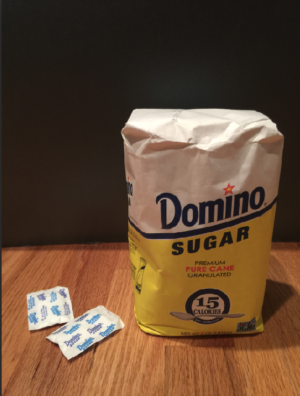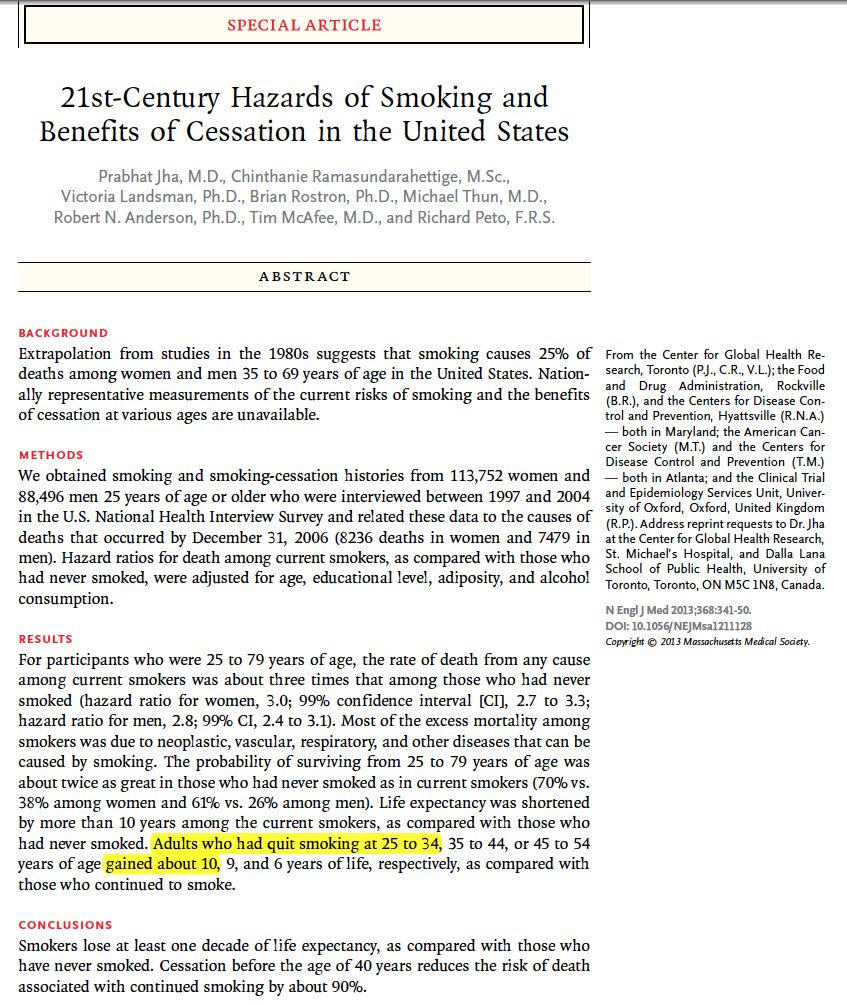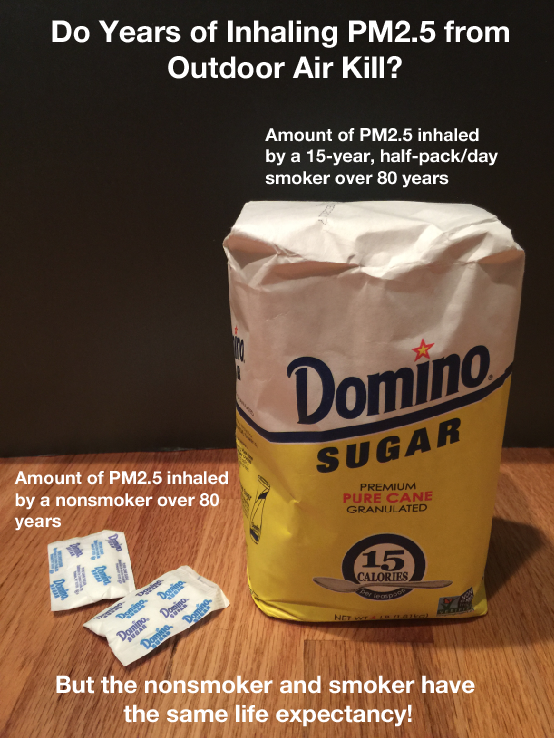$561 million of EPA research is swirling the bowl.

The U.S. Environmental Protection Agency’s most powerful regulatory weapon is its ability to regulate fine particulate matter (like soot and dust) in outdoor air. This fine particulate matter is called PM2.5 (pronounced “Pee-Em-Two-Point-Five”). PM2.5 is about 1/20 the width of a human hair. PM2.5 may be natural (e.g., forest fires, volcanoes, dust, pollen, mold) or manmade (e.g., power plant smokestacks, vehicle exhaust).
The EPA has used PM2.5-based regulations to help destroy the U.S. coal industry. These include the Cross-State Air Pollution Rule and Mercury Air Transport Standards. The EPA relied more on PM2.5 than greenhouse gases to justify its global warming rules known as the Clean Power Plan. The EPA’s recent ozone rules, reputed to be the most expensive EPA rules ever, are about 90% dependent on EPA’s claims about PM2.5.
The EPA claims that stringent regulation of PM2.5 is necessary because PM2.5 supposedly kills hundreds of thousands of Americans annually after either long-term (decades) or short-term (hours, days) inhalation exposures (i.e., breathing normal air).
The EPA has given researchers about $581 million to research the supposed health effects of inhaling particulate matter from outdoor air. Here, we will debunk the notion that PM2.5kills on a long-term basis — at a cost of about $5.
Consider a nonsmoker and a limited smoker who smokes, say, 10 cigarettes (one-half pack) a day for 15 years.
1. On average, both the nonsmoker and limited smoker will inhale about 7 grams of PM2.5 from outdoor air during the course of an typical 80 year lifetime.
Calculation details: Typical U.S. air contains about 10 millionths of a gram (microgram) of PM2.5 per cubic meter. The average person inhales about a cubic meter of air per hour. So a typical person will inhale about 240 micrograms of PM2.5 per day. Over an 80-year life time, this works out to 7,008,000 micrograms of PM2.5 inhaled (240 micrograms/day x 365 days x 80 years). Then 7,008,000 micrograms = 7.008 grams.
2. In addition to the 7 grams of PM2.5 from outdoor air, the smoker will also inhale another 547.5 to 2,190 grams of PM2.5 from smoking.
Calculation details: A smoker can anywhere from 10,000 to 40,000 micrograms of PM2.5 from a single cigarette. Someone who smokes 10 cigarettes per day for 15 years will smoke 54,750 cigarettes during that period. So the 15-year, half-pack-per-day smoker will inhale an additional 547.5 grams to 2,190 grams of PM2.5 during his lifetime (10,000 micrograms/cigarette x 54,750 cigarettes; 40,000 micrograms/cigarette x 54,750 cigarettes).
3. According to a recent 2013 study published in the New England Journal of Medicine, the limited smoker has a normal life expectancy. The study abstract is below. Note highlighted text.

4. So the nonsmoker who inhales 7 grams of PM2.5 and the limited smoker who inhales as much as 2,197 grams of PM2.5 have the same life expectancy.
5. This comparison can be visualized as follows. The nonsmoker will inhale only approximately 2 sugar packets worth of PM2.5…
Calculation details. A sugar packet contain 3.54 grams of sugar.

6. … while the limited smoker will inhale over 4.8 pounds worth of PM2.5
Calculation details. 1 gram = 0.00220462 pounds. So 2,197 grams = 4.84 pounds. They don’t make 4.84 pound bags of sugar but they do sell 4 pound bags of sugar that look like this:

7. So to summarize in a picture:

8. If one can inhale either a little or a lot of PM2.5 over the course of a lifetime and expect to live the same length of time, then PM2.5 does not kill on a long-term basis.
QED.
Stay tuned for the upcoming debunking of EPA’s claim that PM2.5 kills on a short-term basis.
You really need to edit your “proof” since you make statements that a layperson will claim are false. Specifically, the NEJM article you need to highlight earlier. It says LE is shortened by more than 10 years among current smokers but that adults who quit 25-34 gained about 10. This is restated as 90% prior to age 40 in the conclusion.
So if you take worst case, you quit at 33, gain 10 years, but that is only 90%, then you lost 1 year of life through the change in consumption. I’m sure there’s a lot of things that can impact LE by 1 year so you end up a challenge in trying to assert that 1 year change was solely due to this 1 variable.
The numbers are all close enough and the point is made as well as it can be given the nature and quality of the data.
The folks who “about” regained their life expectancy inhaled as much as an “extra” 4.8 pounds of PM2.5 (vs. 0.25 ounces for the nonsmoker) — yet have about the same life expectancy as the nonsmoker. “About” is abotu the best that can be done.
The reality is that one can inhale a great deal of PM2.5 via smoking and still have a normal life expectancy. That demonstrates that PM2.5 in outdoor air has no effect on mortality. Do you disagree?
Oh, I agree with the point of the proof only that the highlighted passage and the explanation of that minute difference in LE was “left to the student” and we all know the EPA/PM2.5 evangelists aren’t very fluent at math =)
More explicitly, I had to explain it to a friend who didn’t see the obvious numbers purely based upon the highlight: the 40 year old quitters gained back 9 years (35-44 age group) and the report conclusion says at 40 they gain back 90% of the lost LE. That means ~10 years was the lost LE at age 40 which is the gain-back by the lower age group which corresponds to the the 15 years/4.8lbs calculations.